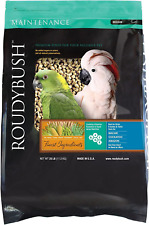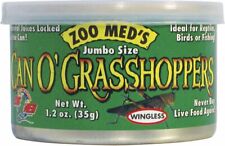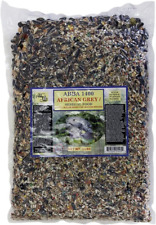Here’s What You Need to Know About Heartworms

Heartworms can live in the heart, major blood vessels, and lungs of certain animals and they can grow to be as much a foot long. Although it may sound like something out of a science fiction movie, they are an unfortunate reality that all pet owners should know about and take steps to prevent. Most dog owners in the United States are aware of the threat, but this dangerous parasite can infect other pets, like cats and ferrets, too. In fact, heartworms are even a danger for wild animals like foxes, coyotes, and wolves, as well. Here’s what you need to know about this life-threatening parasite.
How Do Animals Get Heartworms?
Heartworms are spread from animal to animal by mosquitos that transmit the parasite when they bite to feed. It takes the larvae about 70 days to find its way to the animal’s heart where it slowly grows into an adult heartworm.
What Are the Symptoms of a Heartworm Infestation?
Many animals don’t show any symptoms at all until the infestation becomes very severe. The first signs are that the animal gets tired quickly and has a slight cough. Over time, the symptoms become much more severe because the worms take up more space and restrict blood flow. Eventually, you may notice symptoms like heavy breathing, fainting, coughing up blood, nose bleeds, and an inability to engage in even moderate exercise.
How is Heartworm Treated?
Unfortunately, this disease is very complicated to treat for several reasons. First, the animal may already be in heart failure due to the parasites, so stabilization will be necessary. Also, the worms carry bacteria that is released when they die, which means the animal will also need antibiotics. And third, the worms can’t be killed by the drugs for at least two months while they are in the larval stage.
Your vet will advise a plan of action that may include all or some of the following:
- Stabilization of the animal’s heart
- Preventative treatment to prevent the young larvae from maturing
- Antibiotics to protect against infection for up to 4 weeks
- Steroids to protect the animal from an allergic reaction to the drug that kills the worms
- A two-month waiting period before starting the final treatment to allow the larvae to mature
- And finally, three injections of melarsomine (Immiticide) over a month’s time to kill the adult worms
What are the Possible Complications of Treatment?
Nausea and loss of appetite are common side effects of the drug. Unfortunately, the dead worms can pose a big problem, too. When they dislodge, they could block a major blood vessel which could lead to the death of the animal. Severe allergic reaction is also a very real possibility.
How Can Heartworm Infection Be Prevented?
Knowing how serious a heartworm infestation can be for your pet, it is essential that you have your pet on a monthly heartworm preventative prescribed by your vet. If your pet hasn’t had a preventative treatment in more than two months, a blood test will be necessary to make sure your pet doesn’t have an existing infection.













